|
Jessica Rath
You’d never guess it’s vegan. Although I enjoy watching The Great British Baking Show (you can catch the latest series on Netflix, with a new episode every Friday), I hardly ever feel tempted to try one of their bakes which often are visually stunning, but..: milk, eggs, butter, cream, etc. are almost always the basic ingredients. Often they add gelatin, lard, even suet; and savory bakes can include just about any part of various animals. Neither do I like spending lots of hours preparing different batters, doughs, glazes, stuffings, frostings, and decorations, unless there is a very special occasion. So here is an embarrassingly simple treat that doesn’t take much more than 20 minutes to prepare and is all vegan. Ingredients: • 1 prepared pie crust • 1/3 cup organic sugar • 1/3 cup cocoa powder • 3 TS cornstarch • ¼ ts salt • Dash of cayenne pepper • 2 ¼ cup soy or other plant-based milk • 1TS cocoa butter • 1 cup semi-sweet chocolate chips • Vegan cool-whip for decoration (optional – available at Sprouts f.e.) Preparation: Heat the oven to 350F and bake the crust for 10 minutes, let cool. In a medium-sized saucepan, whisk all the dry ingredients together. Add the milk and whisk until there are no little lumps. Turn on the heat to medium, whisk constantly until the mixture starts to boil. Turn heat to low and keep cooking for 2 minutes, stirring constantly. Add the cocoanut butter, stir until melted, then add the chocolate chips. Turn the heat off while the chocolate chips melt, keep stirring. Pour into the crust. Cover with a piece of seran wrap to prevent a skin from forming, try to avoid air bubbles. Let it cool a bit and then move to the refrigerator and let set for at least three hours. If you have a piping bag, fill it with some vegan cool-whip and pipe some rosettes around the edges of your pie. I don’t have one, so I just used a plastic bag, cut one corner off, and squeezed some dollops out.
0 Comments
GOAL: $1 Million endowment for each library A $51 million endowment will provide about $45,000 per year to each library. It will also fund the New Mexico State Library to provide specialized services for rural libraries and small grants for communities to establish new libraries. There is presently $13 million in the endowment. RESOLANA Literally a place to rest and socialize in the sun, rural libraries provide resolana, a place where citizens can come together. Social connection, nurtured by libraries, promotes personal and community health and safety. Local Problem Solving Rural libraries are well positioned to understand and address their communities' needs. They often provide the only services to people of all ages in small towns. Not Just Books Libraries are at the nexus of nearly every issue in rural New Mexico including: internet access child wellbeing poverty aging health agriculture economic development culture natural disasters community gathering space SUPPORT FULL FUNDING OF THE RURAL LIBRARY ENDOWMENT RURAL LIBRARIES ARE VULNERABLE During a downturn in oil prices, the library in Elida closed. When the train no longer stopped in Vaughn, the library closed. When the Moly Mine closed in Questa, the library helped laid-off workers apply for unemployment and to find other jobs. $45,000 provided annually may have saved the Vaughn and Elida libraries when they were most needed. SALARIES Many rural library directors throughout New Mexico earn less that $15 per hour. Their work includes collection development, grant writing, facility management, creating curriculum for and running children's programs, managing staff and volunteers, and bookkeeping. One library director in Northern NM recently managed a $580,000 Capital project in addition to her other work. She is paid $12.50 per hour. Several assistant and children's librarians throughout the state are paid minimum wage. Libraries Sustain CommunitiesInternet Access From Columbus in Southern NM where only 20% of people have internet at home, to Central NM where the Villanueva library provides the only free internet for 75 miles, to Vallecitos in Northern NM where kids depended on the library to attend school during the pandemic, libraries usually had the only free internet in small towns. Education Many libraries, including Moriarty and Estancia, have GED programs. Where schools operate only four days a week, libraries in Magdalena, Questa and Gila offer Friday programing. Forty-five kids in Magdalena signed up for a Friday coding class in the first two hours it was advertised. Many libraries offer early childhood education, STEM (Science Technology Engineering and Math) programs. The Gila library brings their STEM into the local school, sponsoring projects such as snake preservation and “Birds that visit Duck Creek.” The Embudo Valley Library offers after-school programs four days a week. They partner with tutors to help kids who are behind. The Columbus Library was school for three elementary home schooled sisters. They resided there for 6 months when the bus they lived in broke down. Child Well-being Tatum library plans to bring Missoula Children's Theatre to town. Many libraries like Santa Clara Pueblo and Embudo Valley have parents and toddlers programs. Ohkay Owingeh brings 13 head start classes weekly for story time, one done in Tewa. They sponsor after school programs for 10-20 kids daily.
Agriculture The Embudo Valley Library initiated a farmer's market, has a seed bank and supports acequias. Many rural libraries sponsor children's gardens, teaching future generations about planting and farming. Community gathering places Rural libraries serve as community centers. They provide space for meetings of acequia commissioners, water boards and other community groups. The El Rito and Embudo Valley library have held gatherings to celebrate the lives of folks who passed away. Author readings, concerts, specialized children's' events like Zoo to You, puppet shows and Explora museum visits are common at rural libraries. Health Most rural libraries distribute covid tests. Embudo Valley and other libraries assist folks to sign up for insurance under the ACA act. The Columbus library helped a patron with a dental abscess and no transportation to find a ride to El Paso for treatment. With telehealth availability, libraries connect patients with doctors via internet. Natural Disasters During a wildfire, the Vallecitos library served as the command center for the forest service. When a subsequent flood destroyed their town water system, the library provided water filters and taught people how to use them. The Jemez Springs library was an information access point for evacuees and visitors during the Cerro Pelado Fire. The Ojo Sarco Community Center(soon to be a library) and the Embudo Valley libraries are food collection centers for the Hermit's Peak Fire evacuees. Poverty The library in Talpa provides space for food distribution. In Capitan, the library runs a second hand store and donates clothes and other items to folks in need. The Gila library gives a bag of groceries to each child weekly when they come to summer programs. Job Creation Full endowment funding will create jobs. Most rural libraries report their greatest need is staffing. Long staffed by volunteers, the Anton Chico library would love to hire a paid director, as would the Torreon library on the Navajo reservation. Tularosa would like to hire staff to run children's programs. With funding they could bring kids in the summer to the Space Museum and White Sands. Chama would hire locals to teach arts and crafts. Basic infrastructure, such as the new doors Tatum and Clayton need (but can't afford) could be done by local craftspeople.
Culture and History The Magdalena library has a history museum in a boxcar. The Columbus library has permanent art collections and rotating exhibits of local artists. Talpa and other libraries hold quilting and arts and crafts classes. Talpa published a local cookbook. The Embudo Valley Library sponsors Dixon's annual Fiestas featuriing live local music. San Ildefonso Pueblo library teaches children how to cook traditional foods. Torreon library on the Navajo reservation is transcribing oral histories for future generations. Abiquiu library sponsored teens to work with UC Berkeley archeologists in pre-historic sites. Government and Other Services The Hatch area is home to generations of Spanish speaking agricultural workers. Their library helps people get drivers licenses, apply for citizenship and translate documents. Many libraries help citizens apply for unemployment and provide notary, fax and copy services. Columbus helps with voter registration. Criminal Justice Many libraries, such as Embudo Valley, serve as places people can perform community service to repay society for their crimes. SEVERE UNDERFUNDING Nearly half of New Mexico's rural libraries operate on less than $50,000 per year, some less than $10,000. In unincorporated villages, 501 (c)(3) libraries raise most of their budgets from private donors, grants and fundraisers. A fully funded endowment will relieve the stress of constant fundraising and allow more time to focus on programming. Anti-donation Clause
Most public libraries in New Mexico are funded by municipalities. The 14 libraries in unincorporated villages organize as 501 (c)(3) non-profit corporations. The anti-donation clause of the New Mexico constitution was written to protect state money from being misused by large corporations like Railroads. The Local Economic Development Act, (LEDA) of 1978 allows the state to give tens of millions of dollars to corporations like Amazon, Net flix and Facebook, but the anti-donation clause forbids small non-profit libraries from using endowment funds for capital expenses. Consequently, the tiny Vallecitos library can't afford to build a wall for its bathroom, the Capitan Library can't replace inefficient windows and the Villaneuva library can't insulate and repair their roof and heating system. A constitutional amendment is required to repair this situation. The New Mexico Rural Library Initiative The New Mexico Rural Library Initiative was established to promote a statewide rural library endowment and to help support and sustain rural libraries and their communities. You can support our work with a contribution through the Santa Fe Community Foundation. Shel Neymark New Mexico Rural Library Initiative PO Box 2Embudo NM, 87531 (505) 579-4432 (505) 614-6355 (cell) [email protected] nmrurallibraryinitiative.org ~ Hilda Joy
While visiting family in New Orleans, I checked out local cooking shows and really enjoyed watching a jovial and enthusiastic chef named Kevin Belton. When I returned to New Mexico, I discovered his cooking shows here on PBS. Belton does not bother to give out measurements. He just starts throwing ingredients together, and soon a dish is plated and ready to serve. He likes promoting the many food festivals that occur all year long all over Louisiana and recently taught his viewers that Oktoberfest is celebrated throughout his state, thanks to the influx of Germans in past centuries. They, of course, established beer breweries and started bakeries that to this day continue to supply NOLA’s many stores and restaurants with tasty bread. Virtually every Louisiana community celebrates Oktoberfest. Chef Belton recently presented a menu that started with large soft pretzels for dipping into mustard while drinking beer, pork schnitzels, and sauerkraut. I jotted down the ingredients for this dish but had to guess at measurements based on using one pound of sauerkraut. Here is my result, but please do use your own judgment about measurements when you “throw together” this traditional German October dish, which you may want to serve with bratwurst and potatoes. Prosit! Ingredients 2 to 4 ounces butter 1/2 pound bacon, diced black pepper 1 medium onion, sliced very thinly 1 large crisp apple, peeled and sliced thinly 1 tablespoon caraway seed 1 pound sauerkraut, rinsed and drained beer to cover, about 1 can Directions
EnJoy Reprint from 9/2018 Abiquiu News
Sara Wright Tomorrow we are supposed to have the first freezing temperatures and I am watering my adopted juniper, the first tree species that I fell in love with when I came to Abiquiu, because of its fantastic myriad of shapes, its tenacious ability to cling to cliff edges and because so many of these trees are allowed to live out their natural lifespans of a few hundred to a thousand years or more. Now my love and amazement for these drought resistant trees has deepened into genuine concern because this summer’s drought has turned clumps of needles brown on most of the junipers on the mesas and many appear to be dying unnaturally (very old trees do have a strange half dead look that is normal). Anyone with eyes can see how dis - stressed these trees are. Water is Life. Here in the river valley, including the Bosque there are fewer dead patches but little or no new growth on the junipers. A few days ago I took a tape measure to measure new spikes on the solitary juniper that I water, noting that most fronds had bright blue green spires measuring twelve inches or more. Although I am happy for my tree I am also frightened because it is clear that we are now living the ravages of climate change and most of the junipers around here have little or no new growth and are not doing well. Western junipers are an “indicator species.” If they are showing signs of stress from lack of water then other less resilient trees are even more threatened. Not to take heed of this juniper tree warning would be a grave mistake. For me, the upside of this knowing has validated my belief that I must stay with native flowering plants and because of what the junipers are saying instead of planting fruit and other trees I am going to choose more junipers. Fortunately, there are many beautiful cultivars to choose from. My neighbor Bruce has a gorgeous blue green gray green teardrop shaped juniper that is definitely on my list. It even has a huge bird’s nest hidden within its boughs. Western junipers are dimorphic, meaning that they have two growth forms. One is upright (like my tree), and the other, much more common is bush-like opening to the sun like a flower. Even the biggest trees are not taller than 40 feet. The seedlings especially bear bluish green awl shaped leaves that are pointed at the tip. Mature leaves are a darker green and scale - like in appearance. The older leaves are borne in pairs or whorls of three and are rounded at the tip. The arrangement of the adult “leaves” in a circular pattern gives the twigs and uncanny resemblance to coral. Although juniper and cedar are related – both belong to the cypress family - cedars produce small woody cones while junipers produce a bluish berry –like cone. Most junipers are dioecious, meaning that male and female cones are found on separate trees and once you observe the difference it is easy to differentiate between the two (to make things confusing some junipers have both male and female cones on one tree). The male cones are brownish in appearance and very small. These latter produce pollen sacs that release pollen grains in spring and summer, as many people that suffer from allergies know. The female cones look like berries. As the trees age some of the trunks become twisted and gnarled. Junipers are one of the top ten plants for wildlife. Many birds love their berries and around here the Cedar waxwings, the Townsend solitaire, and American robins flock to the juniper cluster that shades the ground. I also see Dark Eyed juncos, Canyon towhees, and House finches scratching the ground under the tree. Collared doves, Pinion jays, Magpies, sparrows, and Western bluebirds to mention a few, gather in these trees for protection from hawk predation. And when winter winds are fierce and deadly, birds of all kinds seek protection from the bitter cold in the junipers’ thick branches. To survive in dry climates, western junipers have long taproots and extensive lateral root systems that can efficiently obtain moisture where none seems to exist. They are intolerant of shade, so if you are going to plant some give them space and lots of sun. Of particular interest to us during climate change is the way Junipers use water. Rain falling on a juniper canopy is partially intercepted by the foliage, branches, and trunk (this of course is also true for other trees but less so if their canopies are not dense). In brief storms like the few we had this summer much of the intercepted moisture evaporated and did not reach the ground so the tree roots were never watered. Wind has a negative impact during storms also lessening the possibility of the trees’ ability to absorb moisture and we had wind with every brief rain. Transpiration nourishes the trees and is the process by which water is carried from roots and trunks to the small pores on the underside of leaves, where it changes to vapor and is released to the atmosphere. Transpiration cannot occur in soil that is devoid of moisture so without rain or during brief deluges most of the water becomes run off and even the lateral roots of Junipers (and other trees if they have them) receive little or no water. Transpiration ceases as the Junipers try to conserve what water they already have. In Abiquiu all of our unwatered Junipers (as well as other trees) have been literally starving for water. It is no wonder leaves/ needles withered turned brown and dropped to the ground. Now that it is October and we are getting the first real rain of the year we need to hope that the air temperatures stay mild enough to keep transpiration occurring. Soil water uptake is reduced when the soil temperature is below 50 degrees. If air temperatures are near or below freezing, then very little or no transpiration occurs at all. Adult junipers define our unique landscape with their glacial growth and fragrant aroma. These trees are active during much of the year, and are able to absorb spring runoff to begin transpiration. They are also able to take advantage of soil nutrients long before other trees are awake, making junipers the ideal tree to plant in times of unwelcome planetary change. It might be best known for a historic railroad, but a wave of new businesses deliver a special brand of down-home energy to this northern New Mexico mountain village. Courtesy of New Mexico Magazine Aug. 24, 2022 BY ELIZABETH MILLER From where we stand in a grassy basin, brush conceals the herd of cattle, but when the Trout Stalker Ranch manager calls them with a trilling prrr, cows moo back. The herd plods down the slope and through the gap in an electric fence used to corral them in a corner of the pasture. The craggy pine-and-aspen-cloaked Cumbres Pass fills the northern skyline. The village of Chama, where businesses cluster near the train depot just minutes down the road, has vanished behind green hillsides. Each day, these cows are nudged to a new stretch of grass, with a goal of limiting them to a “first bite,” rather than a second or third that could cut so deeply into each blade there’s little left for regrowth, so the field will regain any nibbled inches over a few weeks. The rapid rebound girds a long-term effort to head off the problems with soil, water, and unwelcome, non-native grass species that follow decades of overgrazing. “To me, all this stuff comes down to that it’s either going to be here for the next generation, or it’s going to be gone,” says Stewart Lavender, the newly arrived chef at Local, a Chama restaurant, as he watches the cattle drop their heads into the bluish western wheatgrass. The two Highland steers among them are destined for plates at the restaurant. Lavender is still settling into this tiny northern New Mexico community and “finding that sweet spot between what you want to do and what’s feasible” in a kitchen so committed to cooking with a wood-fired oven that a stove was never installed. “You meet people here, and it’s like they’re all dedicated to something,” he says, as we load into his car to leave the ranch after an hour of watching the cows. That something can mean the bustling local food scene, a revived drive-in movie theater, or art programs for people of all abilities. Bucking the odds, Chama has seen a growth curve in businesses, with new places for shopping, eating, weaving, and getting hitched. The results bring new possibilities to the town’s steadfast draws, the Cumbres & Toltec Scenic Railroad and mile after mile of Rocky Mountain terrain for hiking, cross-country skiing, hunting, and fishing. For the second season, the historic narrow-gauge railroad is running shorter trips (three hours instead of six to eight), and it’s premiering food-focused rides this summer, along with the option to ride a “double-header,” with two engines tugging cars uphill, in July, weather and wildfire conditions permitting. At 142 years old, even the CTSR is “all aboard” with what’s new in Chama. ASHLYN AND DAN PERRY, who own the fly-fisher’s dream destination of Trout Stalker Ranch, opened Local in 2019. It lives up to its name by sourcing from local beef and pork ranchers, farmers with heirloom tomatoes, and foragers, who scour nearby aspen groves and stream banks for porcini, chanterelles, and wild asparagus. Those seasonal items rotate through a menu tweaked constantly so residents don’t eat their way through all the offerings and get bored, while visitors find high-quality food in an unfussy setting. “To me, the beauty of Local is that it’s much more than a place to eat,” Lavender says. “It’s the people, the interaction with the land, all these things that come together around food.” That’s visible, too, with Jazzmyn Cramer, who runs Wilder Bakeshop, where Lavender and I met to snag coffee and pastries before heading out to the ranch. (Doing so required waiting in a line that stretched from the door to the bakery case of sticky buns, cherry tarts, croque madames, and chocolate croissants, with every table filled in between.) That’s what her bakery is here for, Cramer tells me later, sitting with a coffee after the morning rush: “Giving people a place to relax and feel comfortable, heard, and nourished.” She’d wanted to open a bakeshop since she was a teenager, but she originally left the West Coast for the Chama area to build an off-the-grid home with her fiancé. Sadly, he died just a couple of weeks after they arrived. Reluctant to continue that project alone, she opened Wilder instead. She still makes every dough, filling, and caramel herself—and sources every meat and cheese, which she slices herself, from mostly local growers—to produce 200 pastries daily. “It’s been a wild four years—learn how to run a business, try not to cry too much, teach yourself how to bake while keeping the doors open and paying all the bills,” she says. “It’s been insane. I think at this point, nothing can take me down except for myself.” Now she’s got an eye toward how Chama’s restaurants can help one another—at Local, for example, she could debut a Blue Corn Frangipane with Honey Goat Cheese Orange Whip. Together, the new eateries nudge the village forward as a destination for foodies. The Cumbres & Toltec picks up that thread with new brunch and dinner trains (from Cumbres Pass or Antonito) this year. Passengers riding newly restored locomotive No. 168 and rebuilt historic cars might sip a locally brewed beer named for that historic engine, which returned to the tracks last year. Need to burn off a bit? Mountain bikers can haul the bike along to the top of Cumbres Pass, then ride downhill. Continental Divide Trail through-hikers also ride the train to the top and hike from there. “The whole community of Chama is coming together and building a good destination here for everybody to come and enjoy,” says Abigail Martinez, marketing coordinator for the railroad. Becki and Loyd McClanahan certainly see that. When the couple sold their restaurant in Texas, they moved to Pagosa Springs, just north of the nearby state line with Colorado, but found themselves more comfortable in Chama. They bought and began renovating the former VFW hall for their Outlaw BBQ Company. They brought a food truck down for a test run, posting on Facebook late on a Thursday night that they’d be serving the next day. By 11 a.m., a line of people and cars spilled out of their parking lot, Becki says. Just over two hours later, they were sold out of 250 pounds of meat. “It’s been a lot of fun coming here,” she says. “There’s just a really good energy.” At the Chama Valley Arts Coalition, a white building with black-trimmed windows, Anita Massari, director of Chama Valley Arts, and a crew of volunteers have scoured almost every shop within a half-hour drive for materials to frame artwork by about 100 local students. “I think this will be the most important thing I’ve done,” Massari says, as she looks over splashy watercolors and finely detailed drawings. The heart of her work lies in teaching kids to notice and express what they’re feeling, support one another, deal with conflict, and think critically. The goal isn’t to create artists, but to help young people learn to express their feelings. Massari started the arts center, housed in a former parish center and elementary school owned by the Perrys, with a series of community meetings that asked people to write down dreams for themselves, their families, and the community. Those wishes fed a mission statement that focuses on cultivating creativity, learning, and community through arts and culture. That vast umbrella has allowed her to host classes on Native flute playing, watercolor painting, and tie-dyeing. She slips the arts cooperative into local events, adding face painting, T-shirt dyeing stations, and scavenger hunts to the annual Chama Days festival (August 11–14 this year). The cooperative also inherited the task of running the 15-year-old Chama Valley Art Festival, a Labor Day weekend event that started as a studio tour and has blossomed, with musicians, food trucks, dance and arts demos from the neighboring Jicarilla Apache tribe, henna painting, tarot reading, and yoga classes, all hewing to an inclusive philosophy: May there be no bystanders. As the sun sets, Amy Staggs stands at the entrance to Elevate Chama, where cars and trucks roll in for a preview night at the newly reopened drive-in movie theater. She’s within sniffing distance of Southern Comfort BBQ’s food truck (yes, Chama now has two options for barbecue), one of several local vendors that have also become movie concessionaires. Staggs leans against car doors chatting with folks she recognizes from the shop she and her family run, Cornerstone (in the MountainView Mall—don’t miss the hand-made fudge), or the nonprofit Anchored Hope International, which aims to add youth programming and support services for first responders and veterans. The nonprofit bought the drive-in with plans to host movies and concerts on summer weekends and build other programs that will fill gaps too often found in small towns. As the sky darkens, about 120 cars and trucks have lined up, windshields or open tailgates aimed at the white corrugated metal sheets that make the screen. Music for the opening credits wafts from car radios. A village employee rolls up, buys tickets for two, and says to Staggs, “We’re very excited to have you.” IF THERE WAS A GIFT from 2020, it was that travel restrictions prompted New Mexicans to reconnect with Chama, often a place they’d visited as kids to hunt or fish, says Austin Phippen. He and his wife, Karlee, moved here in 2019 to open a wedding venue, Log River Ranch, at Karlee’s family’s cabin. They also run the Chama Trails Motel, a turquoise-trimmed stucco building that’s popular for CDT through-hikers to rest before charging into Colorado’s San Juan Mountains. At Log River Ranch, ceremonies are held against a backdrop of towering cottonwood trees or along the banks of the Río Chama. Receptions move into a wood-beamed barn with cathedral ceilings, massive doors that the breeze runs through, and twinkling strings of lights. Most couples come from Albuquerque and Santa Fe, just a few hours’ drive away, but that’s enough distance to make it a destination wedding for guests. “We bring in people who never would have come here,” Karlee says. “They fall in love with it and then they come back.” When Covid canceled group events, the Phippens refunded everyone who had an event booked. About half later rescheduled. “That year hurt,” Austin says of 2020. “There were a lot of new businesses that opened in 2019 that shut their doors in 2020. It was pretty rough on the town. It felt like a lot of momentum built in 2019 kind of fell apart in 2020. But this year feels a lot like 2019 again.” The Log River Ranch rebounded. It’s booked almost every weekend from late May through October, with some events bringing 200 attendees to town. You can witness the uptick in traffic and business. “We love this community and want to help it thrive sustainably,” Karlee says. “We have a two-year-old, and I want a community she’s proud to come back to.” TRAINING DAYSEat. Kick-start your morning at Rio Chama Espresso, where the sprawling menu includes coffee drinks, flatbreads, and bagel sandwiches stacked with eggs, cheese, and bacon. Pizza may be a mainstay at Local, but rib eyes and seafood pass through the wood-fired oven, too, all ordered at the counter and delivered to tables inside or on a massive patio outside with a firepit. With a new stage and a full liquor license, Outlaw BBQ Company is a place built for having a good time—and a belly-filling meal of smoked-on-site brisket and ribs, as well as steaks, sausages, and burgers, plus an afternoon show when the train turns around out front. BoxCar Café’s menu of casual classics sates big appetites with burgers, huevos rancheros, and salads, as well as house-made pies. Pastries at Wilder Bakeshop and Espresso run from savory to sweet, with croissant sandwiches and fruit-forward tarts; richly roasted Iconik coffee polishes it off.
Shop. Railyard Rebel opened in May with basics like hats and sunglasses; New Mexico–made soaps, bottle-cap jewelry, and silk-screened tea towels; and an eclectic array of lacy dresses and deeply fringed jackets. At Tierra Wools, walls are rainbowed with yarn from sheep raised in the Chama River Valley, and weavings—including rugs, hats, blankets, and tunics—from the likes of shop owner Molly Manzanares. Sleep. Fish just out the back door at the riverside Vista del Rio Lodge before snuggling into rooms richly colored in Southwestern style. Expect understated elegance at the Chama Trails Motel, with white linens and pops of color in ristras and paintings. Retreat from town to lakeside campsites at nearby Heron Lake State Park. Ride. The Cumbres & Toltec Scenic Railroad has an expanded range of rides through October 23, including shorter out-and-back jaunts that leave time to explore Chama.
New Mexico Wildlife Center
Yellow-bellied Marmot 22-459 was having a pretty normal summer day in the beautiful mountains of Colorado, and was pretty content to find a little dark, warm nook to settle into! Until all of a sudden….. that nook started moving! And kept moving for hours until it finally stopped in a very strange new place. This new place was dry, hot, and definitely not the mountains of Colorado! Luckily, some kind people discovered her soon after they arrived in Albuquerque, NM and realized she had accidentally hitched a ride. After her discovery, she was brought to a wildlife rehabilitation center in Albuquerque, and eventually transferred to New Mexico Wildlife Center where the wildlife rehabilitators and veterinarian performed a thorough exam, much to her dismay. They deemed her perfectly healthy, just a little lost, and set out to get her back to her home! After reaching out to multiple people who could not make the long drive with the marmot, NMWC volunteers Tamara and Neill offered to help! On August 18, they packed up their car with the secured marmot and headed off to Colorado. After a long 5-hour drive, they made it back to the marmot’s territory and carefully moved the crate out of the car. Yellow-bellied Marmot 22-459 slowly exited the crate, took a look around, and scurried off back to her home! A very happy ending for everyone! Thank you so much to Tamara and Neill for taking so much time out of their days to help get our marmot friend back home! Neill was able to capture footage of the release, which you can see here.
Learn More about New Mexico's Wildlife Center online.
Together with a hearty salad, they’ll make a delicious lunch.
Before I moved to New Mexico, I lived in Berkeley where I had a big, gorgeous garden with lemon trees, lots of different roses, shrubs, perennials, annuals, and, of course, vegetables. Because of the mild climate I didn’t have to coax anything to grow, on the contrary: I was busy trying to stop it from turning into a jungle. As far as the zucchini were concerned, I often missed the ideal harvest time and ended up with baseball bats. Not so here in New Mexico. I had to coax and cajole and pamper my vegetables, with mostly poor results. Nowadays I simply buy my zucchini. Maybe you’ve baked a sweet zucchini loaf. This recipe leaves out the sugar but uses spices and umami flavorings to make the muffins fit for lunch or even dinner. Ingredients: (for six muffins) • 2 TS ground flaxseed, soaked in about twice as much water (= 2 flax eggs) • 1 ½ cups of whole wheat flour • ¼ cup rolled oats • ½ ts salt • 2 ts baking powder • ¼ ts cayenne pepper and/or smoked paprika, optional • ¼ cup nutritional yeast • ½ cup chopped walnuts, optional • ¾ cup vegan broth • ¼ cup oil – olive or sunflower • 1 small-to-medium zucchini, grated (about one cup) • ¼ cup chopped green onions Preparation: Start with soaking the flaxseed. Grate the zucchini, mix in a bit of salt, and let it sit for a bit. Squeeze out the moisture that accumulated before using it. In a large bowl, mix all the dry ingredients together. In a smaller bowl, whisk the oil with the broth, add the squeezed-out zucchini and the green onions. Preheat the oven to 350 F. Stir the wet ingredients into the dry ingredients until you have the consistency of thick mud. Don’t mix it too much or the muffins could turn out heavy instead of fluffy. Prepare the muffin tins (I use a six-count jumbo muffin pan): rub some vegan butter on the bottom and sides, then dust with flour. Fill each tin to about ¾ and put in the oven for 30 - 35 minutes. Use a toothpick to test if they’re done. Remove the muffins from the oven, let rest for 5 minutes, then transfer them to a plate. Eat at room temperature. Left-overs can be stored in the refrigerator for a day or two. Variations: Instead of green onions, use sun dried tomatoes. Give the muffins some Indian flavor by adding ½ ts cumin and ½ ts garam masala. Use gluten-free flour in case of gluten intolerance. A note about the spelling: to be correct one would have to say “zucchino” for ONE of them, because it is an Italian word and “zucchini” is plural. But that’s not common in the US and I defer to the way people use the word here. ~Zach Hively
Fool's Gold We all need worthy goals. A full life requires challenges to keep ourselves engaged with the world and growing as complex, occasionally interesting human beings. I myself, having already achieved everything else I haven’t given up on, am now questing for the perfect nap. This idea arrived to me on four heavy-duty wheels. I was sitting at a restaurant, minding my own eggs, when another guest pushed a fully off-road-capable stroller across the patio, running right over chairs and a server’s foot without so much as a whimper from the stroller’s shock absorbers. I peeked inside while the stroller-pusher ordered her midday bloody mary, and there lay, sleeping peacefully, the most contented wiener dog I have seen this week. And I thought: “Zach, you deserve this.” Sadly, though—and despite my very best efforts—I didn’t get to try out the all-terrain stroller for myself. But I had found my new mission, with nothing in my way to stop me. Nothing, that is, but everything. Adulthood, or any reasonable facsimile thereof, sucks all the time and fun out of any given activity. Take this column. I set an alarm to wake up before 6 am to get it done three days after deadline. But because I am an adult who doesn’t have time for naps, I was sufficiently tired to sleep through three alarms and an insistent dog nose. Unfortunately, those post-alarm hours don’t count as a nap. They were too adjacent to normal nighttime sleepytime time. Nor were they rejuvenating, like, at all. They put me behind schedule before I even woke up, which means once again I still won’t get a nap today. Everything changed when I hit adulthood sometime in the last two or so decades, and in ways no one warned me about. Playing catch after sundown? It actually is too dark to see the ball. It literally disappears. Turning down the volume on the car radio really does help me find the right address. Yes, I really do use a car radio instead of a Spotify. And on the rare occasions I take to the couch for a midday sleep snack, one of two things happens: I try to take the nap but the nap won’t take me; or, I sleep so hard I wake up put together all wrong. This latter result occurred over the weekend when I was busy not writing this column. I woke up in my own home, in the daylight, and didn’t know where I was or, in any meaningful way, who I was. My eyeballs had declared free agency during the adult-napping attempt, and each one rolled in directions unsynchronized with the other. I sat up and got kicked with a feeling of nausea in line with taking up residence in an alien body. And the very first cogent thought to mold itself in my brain was: “I really need to do last year’s taxes.” See? Absolutely not myself. I took the dogs for a long walk to return into my own familiar being, and it didn’t work. The nap wrecked me for two days. Nearly as bad as drinking, which now wrecks me for three. And I never could shake the feeling that I really ought to consider finishing last year’s taxes before this year’s are due—or is it the year before’s? I don’t have time to practice napping, let alone stay on top of the bureaucratic hassles of adulthood—hassles I did NOT sign up for—because every well-meaning day goes like this: - I wake up, let the dogs out, make some coffee, take the dogs for a walk so one of them doesn’t chew his own foot off with excess energy, come home, make breakfast, read a baseball blog, stack dishes in the sink, swear I will wash them later, and get to work around 9 or sometimes 11:30. - I stop working to drive to some appointment or other, because how does ANYONE work when all the things one has to take care of during the week are only available during working hours? and then return home to lunch and thoughts of a nap—but no, there’s still work to be done, and only two hours remain until my self-imposed clock-out time, which I stick to in order to maintain a healthy work/life balance. - I overshoot my self-imposed clock-out time because people just keep emailing me and it never stops. I could still take a nap, but by this point it would just be an early bedtime, and as nice as that sounds the dogs need walked one more time so one of them doesn’t chew my arm off in my sleep, and what do you know it’s midnight, and once again I haven’t even done the dishes, let alone my taxes or looking into hiring someone to push me around in my king-sized dog stroller. But one night, somehow not too tired to dream, I dreamed I took a nap. And it was perfect. Four days ago, we had a few intense thunderstorms and quite heavy rain, part of New Mexico’s yearly monsoon. As welcome as the moisture is, it killed my internet connection… And the company which provides this service, Windstream, can’t send a repair person before August 25. Unacceptable? You bet! Luckily a neighbor lets me use his connection.
Here is the recipe: When I was little, and I mean REALLY little, potato salad was my all-time favorite meal. This was a few years after the war in Germany, when food was simple and anything but extravagant. Potato salad and hot-dogs, or better Wieners, would be served on special occasions, when my father’s siblings and my cousins and my family would gather at my grandparents’ house. It was somewhat like a pot-luck, and my father’s twin sister’s potato salad always tasted the best. When I was a bit older, I asked her about the secret ingredient, which was -- freshly grated horseradish! It’s not easy to find fresh horseradish, and the kind in a jar always has mayonnaise in it, so I use wasabi paste as an alternative when I make regular potato salad. It might work with this version, too, but I haven’t tried it. ~ Hilda Joy
Our very American Fourth of July culinary celebration can be enhanced by reaching across our Southern border to our Mexican neighbors and borrowing one of their well-known street foods, Eliote, but adapting it to please several people. After all, we corn-consuming Americans owe Mexico thanks for its agricultural gift of maize. The word ‘Elote’ derives from ‘Elote,’ a Nahuatl word meaning ‘corn on the cob’ or ‘tender cob.’ Having grown up in Chicago with its large Mexican population, I learned to appreciate Mexican food at an early age. The first Mexican food I ate as a child was a tamale sold by a street vendor in our neighborhood. This inauthentic treat, wrapped in paper rather than in a corn husk, acquainted me with masa and a spicy filling and gave me a life-long taste for Mexican food. I did not know about Elote until much later in life when I was strolling along one of Chicago’s beautiful Lake Michigan beachfronts and getting hungry. I bought a cob of Elote and fell in love with it and am still smitten by it. You might not find an Elitero from whom you can buy a single cob on the street, but you can easily grill this dish in a quantity to feed your family and/or friends. EnJOY |
Submit your ideas for local feature articles
Profiles Gardening Recipes Observations Birding Essays Hiking AuthorsYou! Archives
June 2025
Categories
All
|
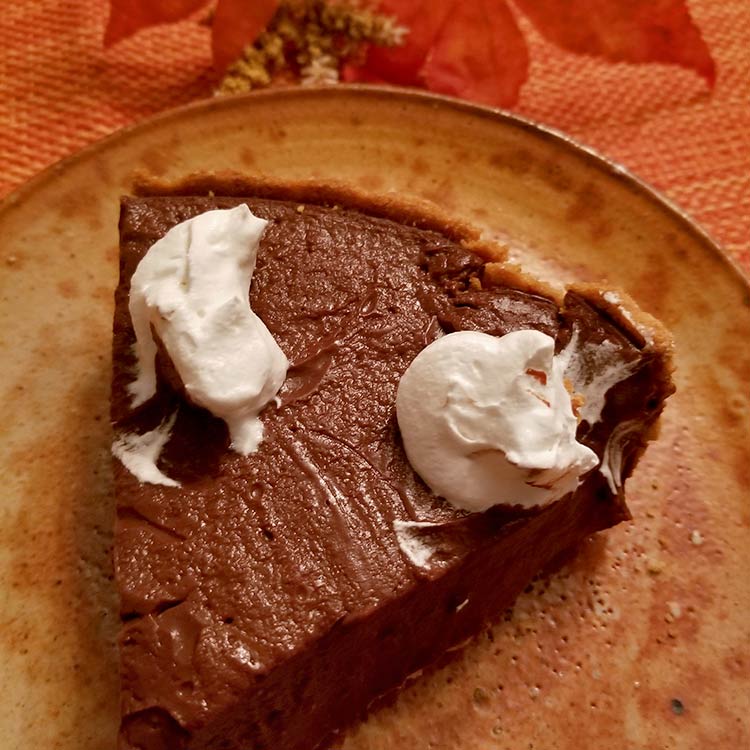
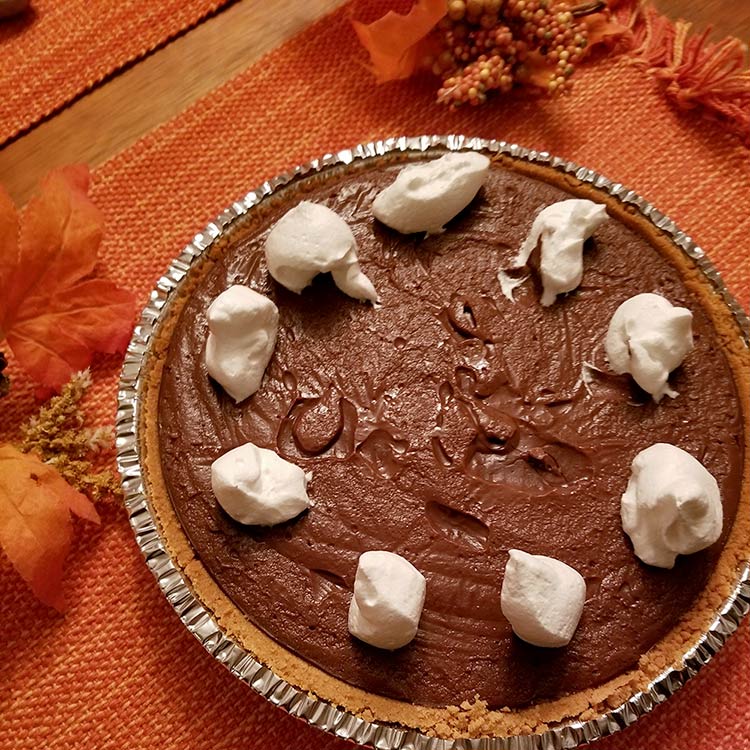
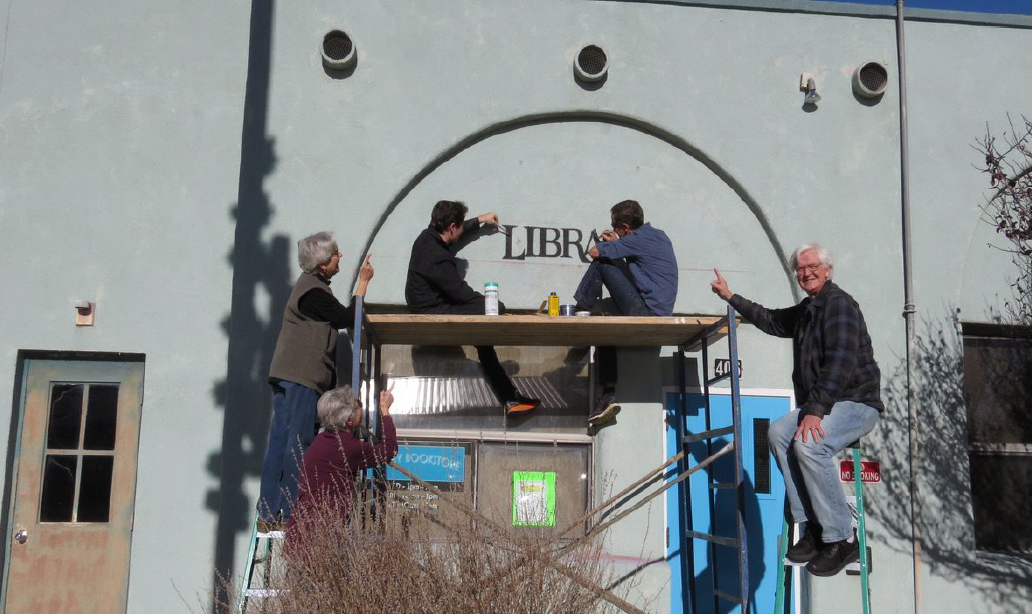
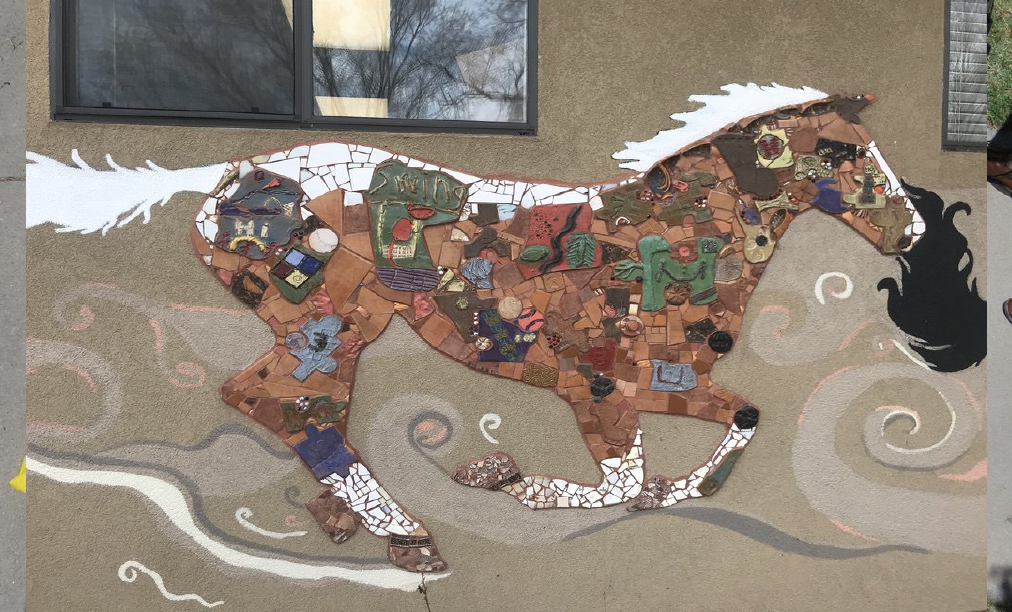
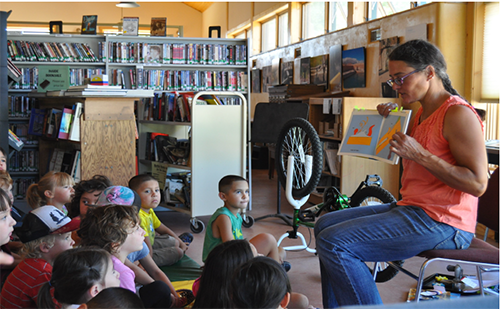
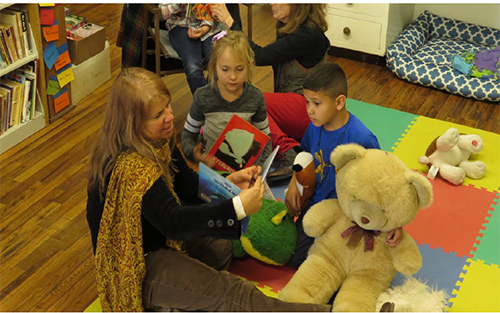



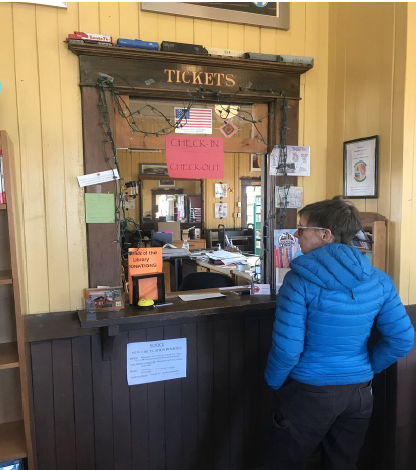


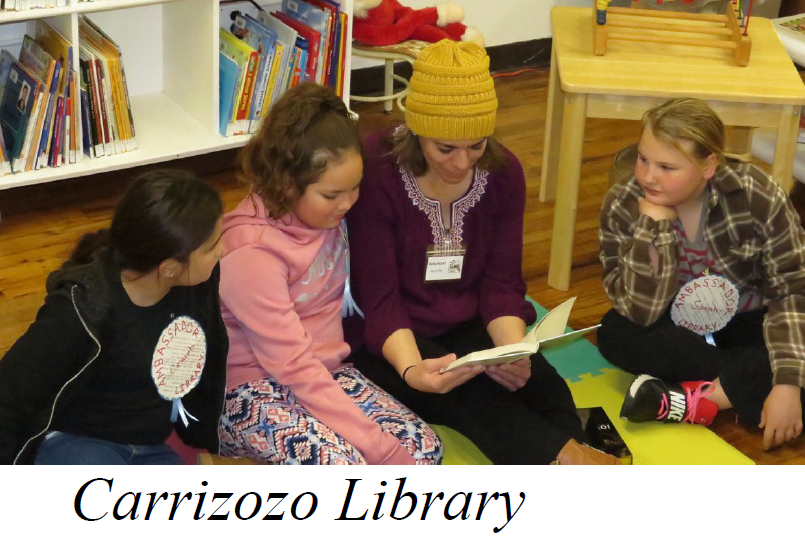


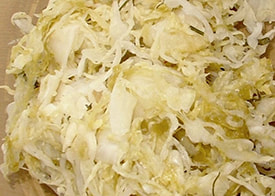
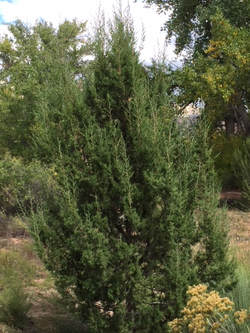
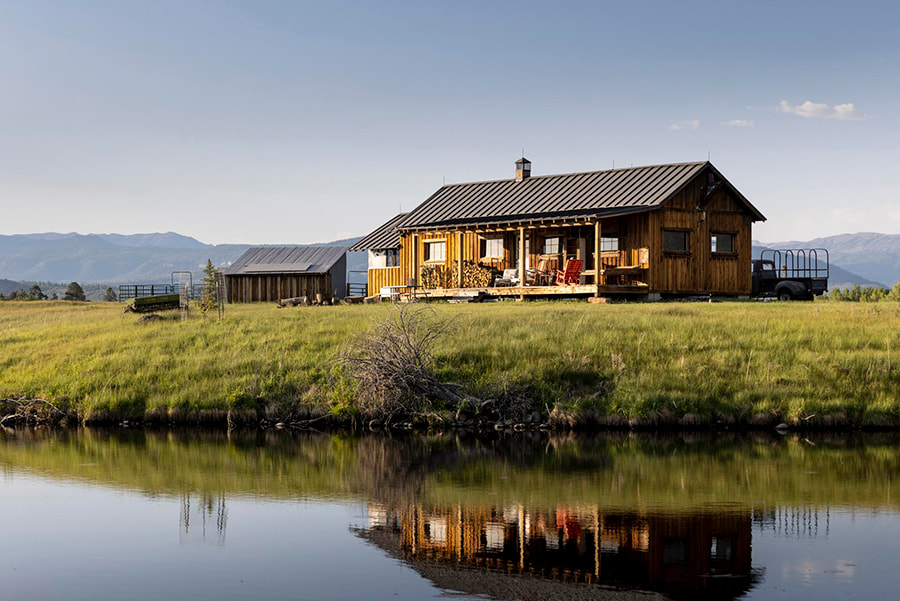




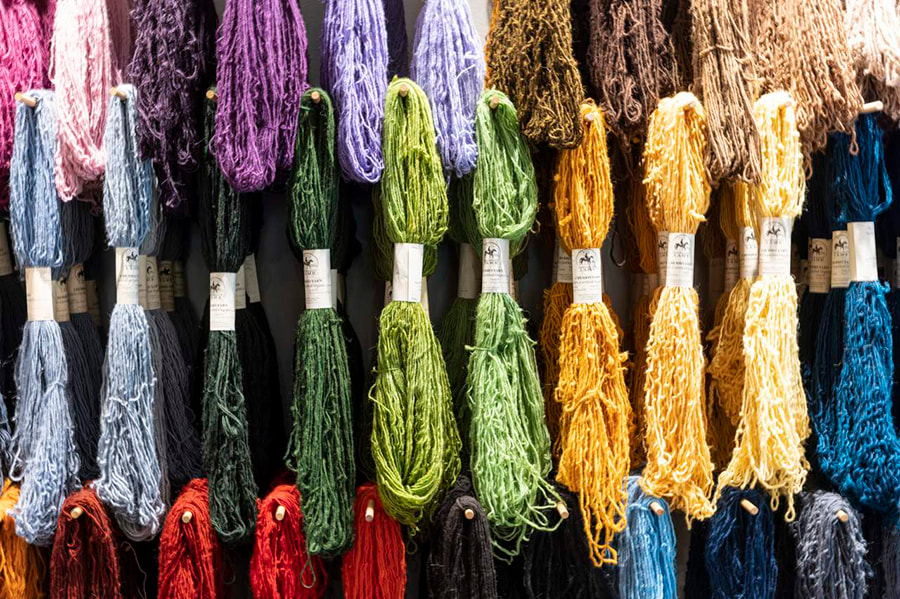
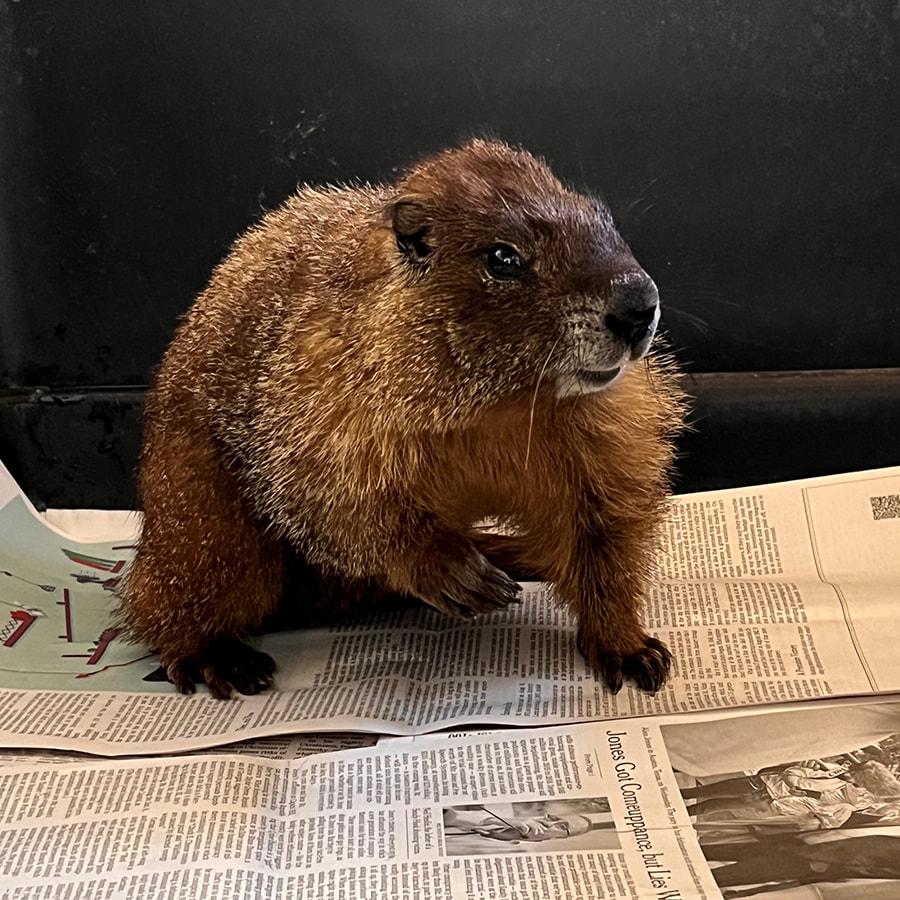
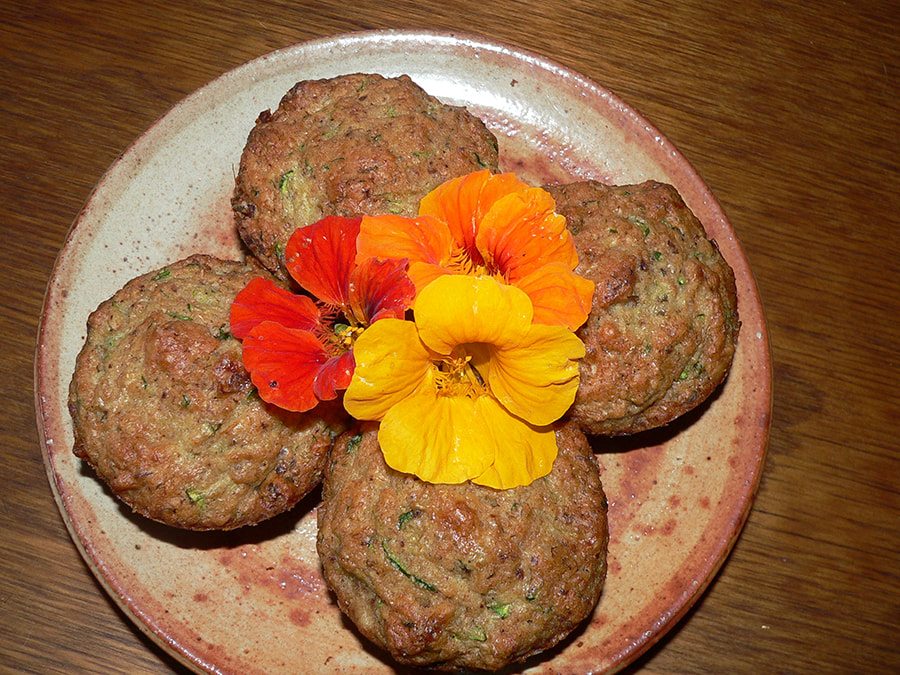

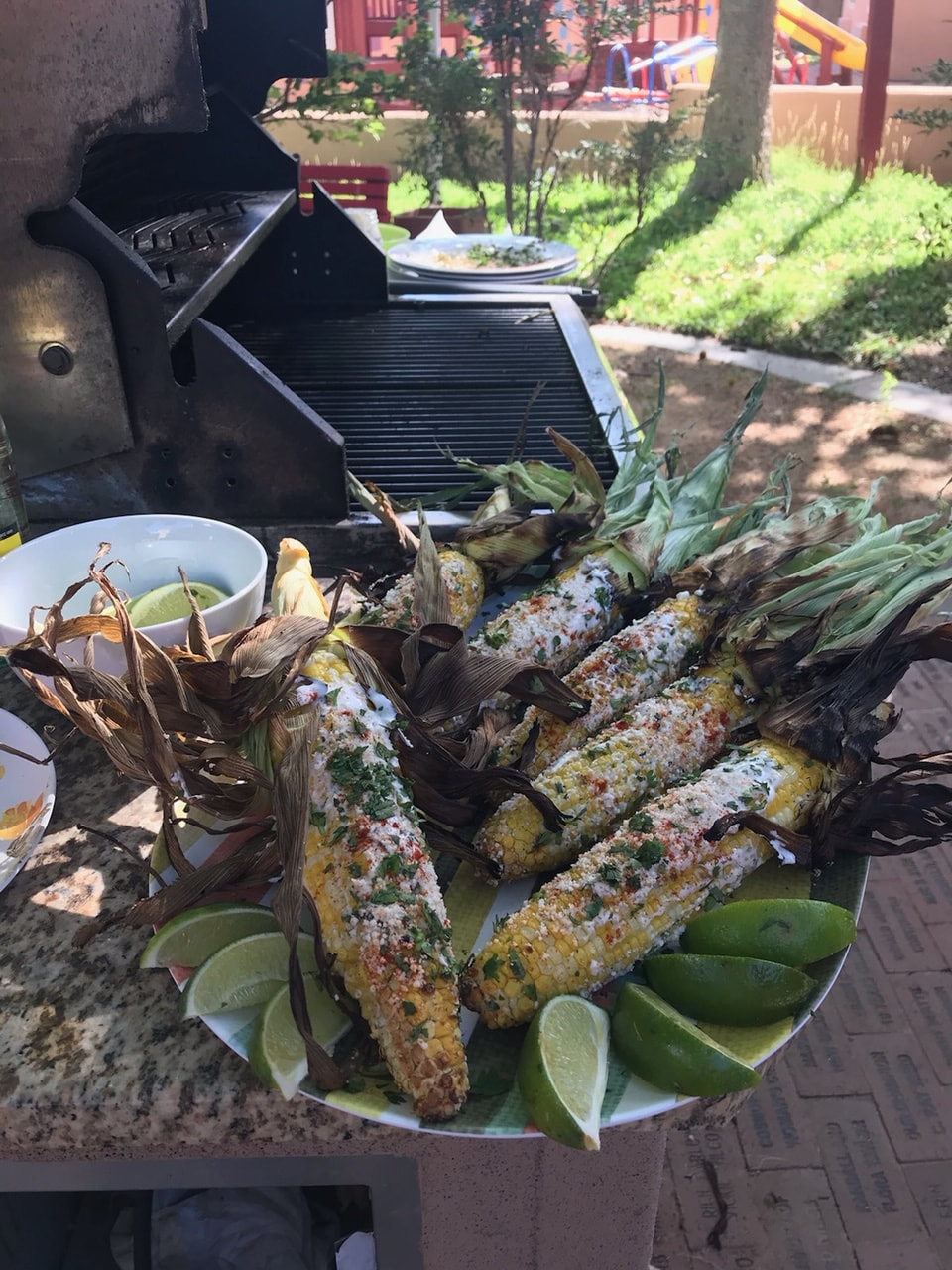
 RSS Feed
RSS Feed